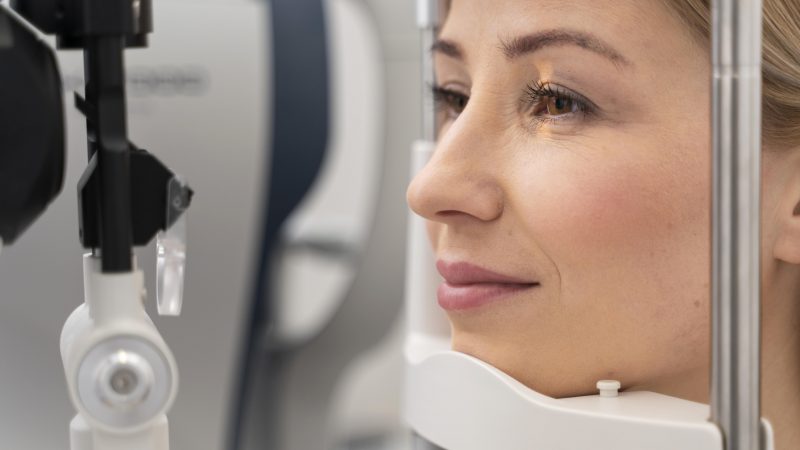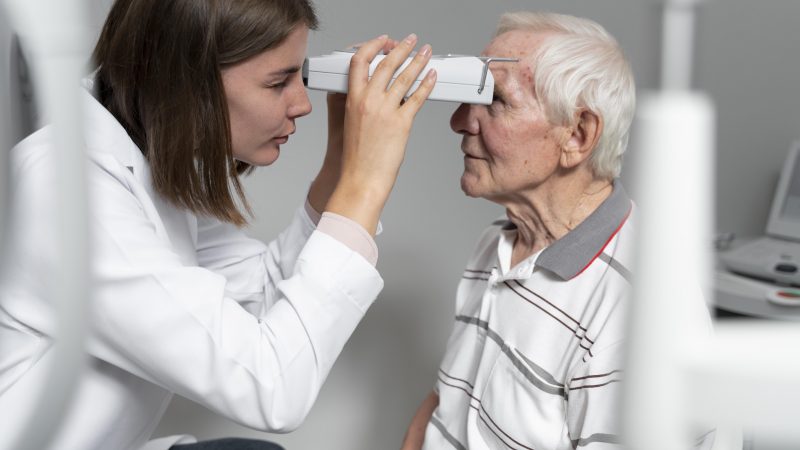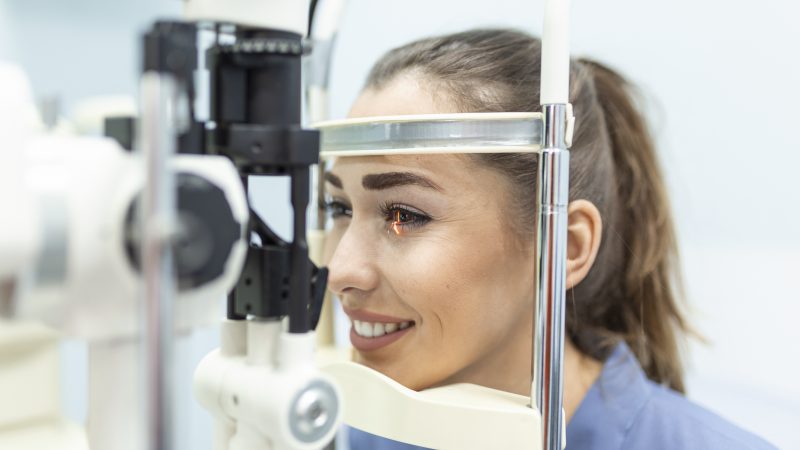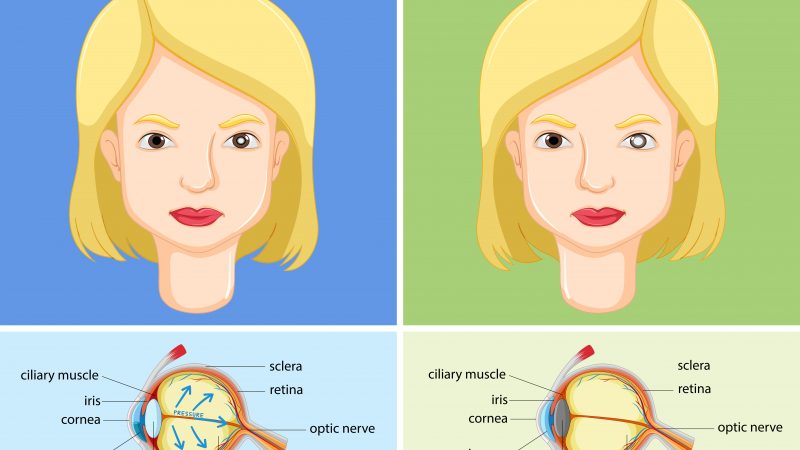Eye Diseases
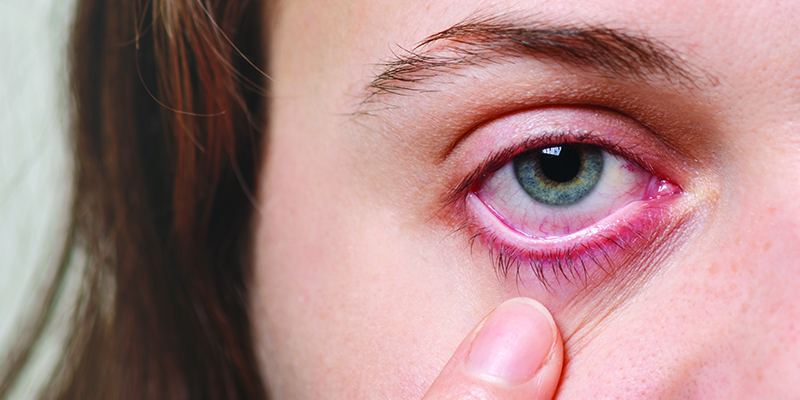
There is a wide variety of eye diseases or disorders. The major causes of visual impairment and preventable blindness include age-related eye problems such as age-related macular degeneration, cataract, diabetic retinopathy, glaucoma, and refractive errors. It is found that the leading cause of vision impairment and blindness are refractive error and cataracts.
Some of the common eye problems found among Indians:
- Eyestrain or tiredness in the eyes.
- Refractive Errors, such as short-sightedness, farsightedness, and distorted vision. One of the causes of visual impairment in India is an uncorrected refractive error.
- Dry eye syndrome in which tear glands are unable to make enough tears.
- Nyctalopia or Night Blindness.
- Conjunctivitis is an inflammation of the conjunctiva. (Allergic, bacterial, or viral).
- Amblyopia is reduced vision in one eye that arises due to a vision development disorder.
- Eye Floaters are defined as spots, strings, rings, or cobwebs, in the vision.
- Retina Disorders.
- Blepharitis- It is inflammation of the eyelid that causes crusty or dry eyelids, stickiness, and grittiness.
- A cataract is one of the leading causes of blindness in which clouding of the eye’s lens develops.
- Glaucoma- A condition in which damage to the optic nerve may arise due to increased intraocular pressure (IOP).
What are the Causes of Eye Problems?
- Some of the common causes of eye problems include- infection, vitamin deficiency, allergy, chemical irritants, smoking, and genetics.
- Cataract – The common causes of cataracts include- aging, hereditary, UV- Rays, deficiency of vitamins B, C, and E, and proteins.
- Glaucoma- Glaucoma is caused due to increase in intraocular pressure. Intraocular pressure increases if there is too much aqueous production or if there is an obstruction in the outflow of this aqueous production from the eyes. Irreversible nerve damage and vision loss may be caused due to high eye pressure and overtime.
- Xerophthalmia – The most common cause of blindness in children is Xerophthalmia which is caused due to vitamin A deficiency.
What are the symptoms associated with Eye Problems?
Immediately consult a doctor if any of these symptoms appear:
- Severe pain in the eye.
- If there is a sudden loss or change of vision.
- Watery and red eyes.
- A foreign body inside the eye and trauma to the eye.
- Blurred vision.
- Floaters.
Some of the eye problems include
Refractive errors-
One of the most prevalent eye problems is refractive errors which consist of myopia, hyperopia, astigmatism, or distorted vision. Presbyopia in which there is a loss of ability to focus and read letters up close is also a type of refractive error that develops between the ages of 40- 50 years. Refractive errors may be corrected by eyeglasses, contact lenses, and surgery in some cases.
Age-related Macular degeneration-
Age-related Macular degeneration (AMD) is an eye problem that damages sharp and central vision and is associated with aging. Central vision assists in seeing objects clearly and also assists in performing common daily tasks, such as reading and driving. Macula is the central part of the retina that permits the eye to see fine details. Macula gets affected by AMD.
There are two forms of AMD- Wet and Dry AMD. Wet AMD develops when abnormal vessels that are present behind the retina start growing under the macula, causing leakage of blood and fluid. Bleeding, leaking, and scarring from these blood vessels cause damage and may lead to central vision loss. Dry AMD occurs when the macula starts thinning with maturing age, resulting in blurred central vision. Generally, both eyes are affected by Dry AMD.
Drusen is an early sign of Dry AMD. The tiny white or yellow deposits under the retina are Drusen and they generally exist in people of age 60 years and older. Small drusen do not cause vision loss and are normal. However, large drusen increase the risk of developing advanced dry AMD or wet AMD.
Cataract-
The leading cause of blindness all around the globe is cataract. It is a clouding of the eye’s lens and may occur at any age and may also be present at birth.
Diabetic retinopathy-
Diabetic retinopathy (DR) is a general complication of diabetes in which blood vessels of the retina and the light-sensitive tissue at the back of the eye are damaged, which is necessary for good vision. DR has four stages- mild nonproliferative retinopathy (microaneurysms), moderate nonproliferative retinopathy (some retinal vessels are blocked), severe nonproliferative retinopathy (more vessels are blocked which leads to depriving the retina of blood supply further leading to growing new blood vessels), and proliferative retinopathy (this is the most advanced stage). Generally, both eyes are affected by Diabetic retinopathy. The early diagnosis of DR and its timely treatment reduces the risk of vision loss.
Glaucoma-
Glaucoma is a cluster of diseases that may harm the eye’s optic nerve resulting in vision loss and blindness. Glaucoma develops when the normal fluid pressure inside the eyes starts rising slowly.
Glaucoma is categorized into two major categories: “open angle” and “closed angle” glaucoma. In open angle, vision loss is caused due to a chronic condition that develops slowly over a long period. You may not identify it until the disease gets advanced. In closed angle glaucoma, vision loss develops quickly and is painful.
Amblyopia-
Amblyopia, also known by the name- “lazy eye,” is one of the most common causes of vision impairment in children. In Amblyopia, since the brain and eye are unable to work together properly, the vision in one of the eyes is reduced.
Strabismus-
In Strabismus, an imbalance in the positioning of the two eyes occurs because of the lack of coordination between the eyes. Strabismus may lead the eyes to cross in (esotropia) or eyes to turn out (exotropia).
Treatment of Eye problems:
The table below depicts various diseases and their probable treatments:
| Eye Problem | Symptoms | Treatment |
|---|---|---|
| Conjunctivitis |
| Antibiotic/ antihistaminic eye drops or ointments. |
| Eye Strain |
| Artificial tears. |
| Refractive Errors |
|
|
| Refractive Errors |
|
|
| Glaucoma |
| Medical and Surgery. |
| Night Blindness | Difficulty in seeing in dark or dim light. | Treatment of the cause. |
| Diabetic Retinopathy |
|
|
| Cataract |
| Surgery. |
| Dry eye Syndrome |
| Artificial tears. |
Need to consult an Eye Specialist in Delhi NCR?
The Department of Ophthalmology at Yashoda Hospital & Research Centre, Nehru Nagar, Ghaziabad, has a team of specialists who are dedicated and well-trained in their field. These specialists are well experienced and experts in treating various ophthalmic modalities including Glaucoma, Uvea, Squint, Cataract, Cornea, Refractive Procedures (vision correction procedures), Vitreo Retinal Services, Optical and Vision Aids Neuro-Ophthalmology, Oculoplasty, tumours, and Paediatric Ophthalmology.
Dr. Arpit Pavaiya is a very renowned ophthalmologist and is a Senior Consultant at Yashoda Hospital & Research Centre with an experience of over 5 years. He pursued his M.B.B.S. degree from Mahadevappa Rampure Medical College in 2008 and served as a senior resident for 3 years at Hindu Rao Hospital, New Delhi after completing his M.D. in Ophthalmology from Hindu Rao Hospital, New Delhi in 2014. He is especially known for his insightful medical treatment approach for cataract surgeries, glaucoma & cataract and has done more than 6000 cataract surgeries.
Book an appointment now. Visit our official website- www.yashodahealthcare.com

